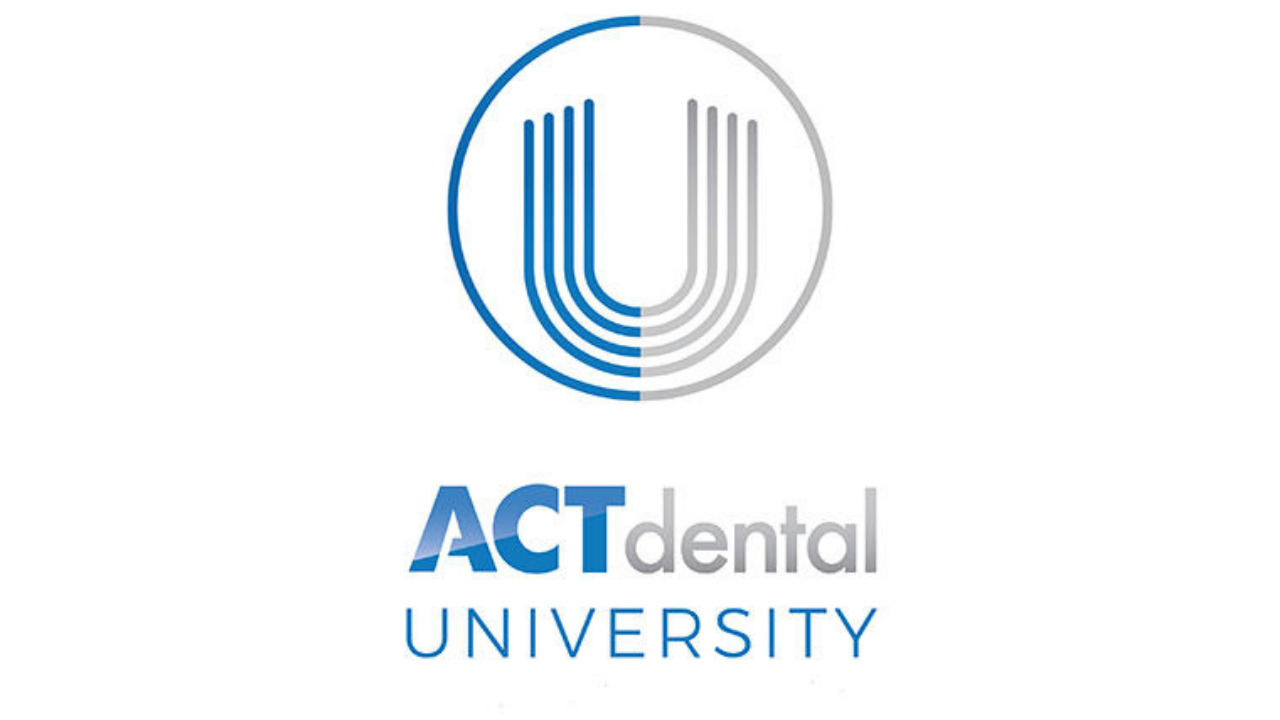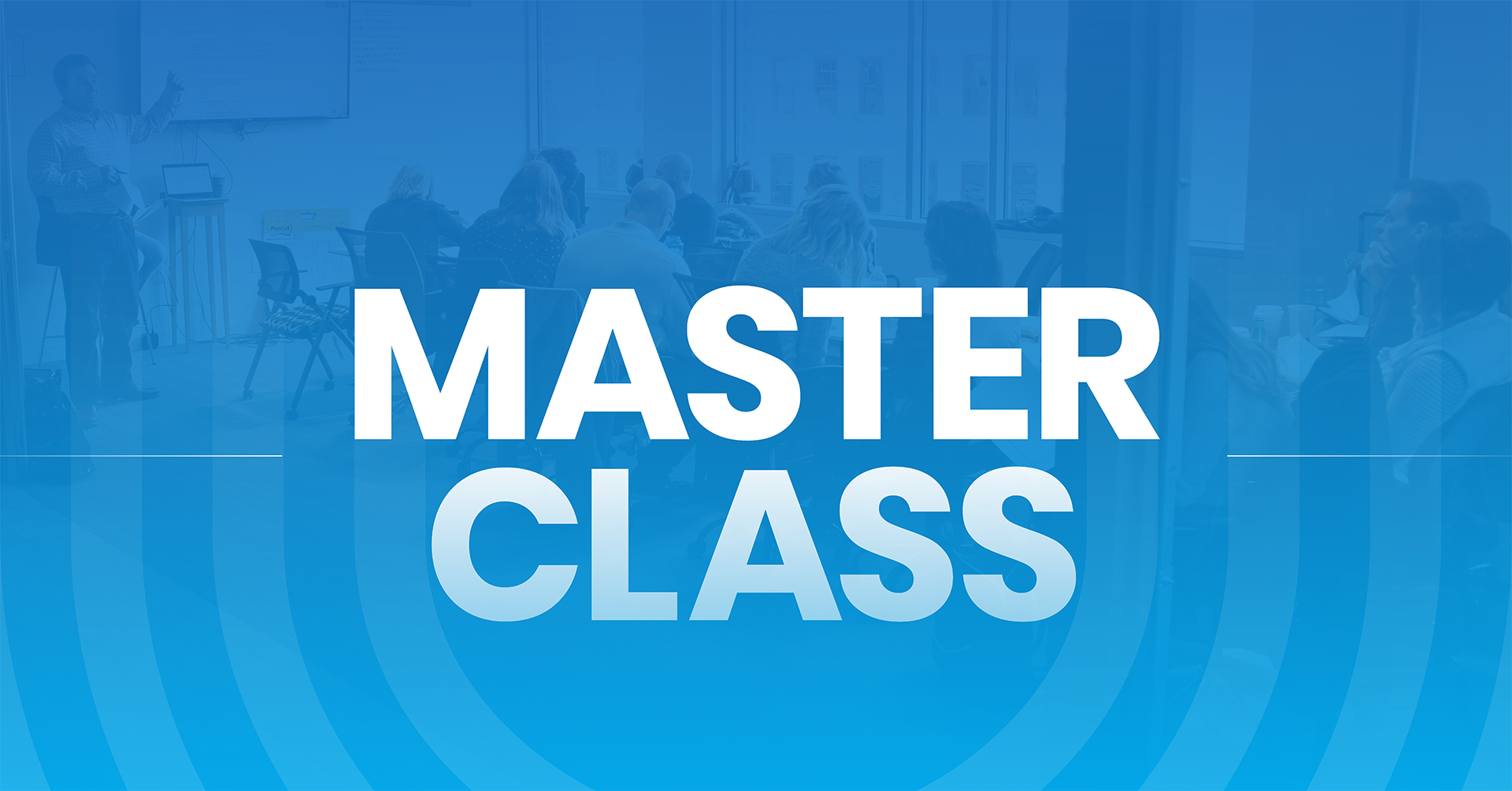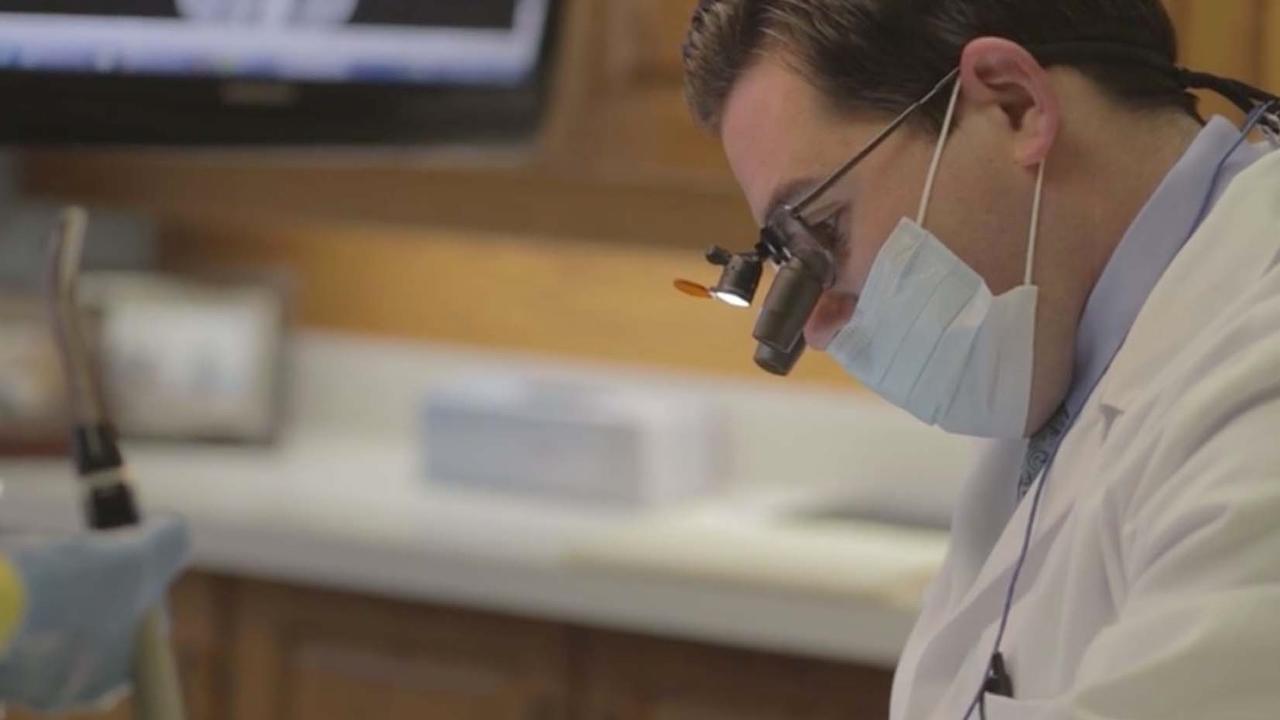Compliance with regulations is important in nearly every industry. But the confusing Current Dental Terminology (CDT) coding can make life difficult, especially when you’re navigating all the other complex issues you face while running your practice.
CDT codes are constantly changing and they aren’t always easy to understand. However, it’s essential that you learn as much about dental coding as possible if you want to ensure compliance and keep your billing process as seamless and straightforward as possible.
I understand what can happen when you don’t learn about how to navigate CDT codes. That’s why I’m dedicated to educating others about this important topic so that they can maximize their legitimate reimbursement and minimize the risk. It may be a difficult topic to understand, but CDT coding is one of the most important issues affecting your practice.
Background On Code Changing
In the early 2000s, there was a dispute between the insurance industry and the American Dental Association (ADA) as to which entities should have control over coding for billing purposes. After a lengthy back and forth, which culminated in a court case, it was decided that a committee would be formed with representation from the insurance industry and the ADA. When the committee was initially established, it included six members: three representatives from the dental industry and three from the insurance industry. Because the committee was split down the middle, there was almost always a deadlock on decisions related to code changes.
Things changed in 2012 when the timeline on the court decision that formed the committee ended and the process was reassessed. Today, there are far more representatives from the ADA than there are from the insurance industry. Until 2012, almost no code changes were passed by the committee. Since it was reassessed and the representation was changed, there have been more than 320 code changes. The dramatic shift in the composition of this code committee makes it imperative that dentists keep updated code books that include the latest changes.
Codes are submitted to the committee for consideration for many different reasons. Anyone, regardless of their role in the dental industry, can submit a code change request to the committee for consideration. Often, businesses that produce specific dental tools submit codes to ensure their products will be covered by a specified code accepted by insurers.
Difficulties Of Dental Code Reviews
There are still plenty of reasons why the committee could deny or delay a code request. One of the most common requests is for laser therapy. Laser therapy is commonly used in dental procedures, including scaling and root planing.
Over the last several years, I’ve seen codes specifying laser therapy submitted, reviewed and not adopted nearly every year the committee convenes. The primary reason is that codes are meant to specify procedures and not the use of specific tools. We have codes that specify root planing and scaling that cover the procedure whether it’s done with a laser or any other tool. Many of these codes offer broad coverage, which gives practices the ability to use their discretion in their tool selection depending on what’s best for the patient.
It is important to remember that this committee is not set up to handle instantaneous changes and provide immediate results. Codes that will be reviewed at next year’s committee have already been submitted, and changes will not go into effect until the following year. In other words, it takes three years—give or take a few months—for a code to go through the entire review, approval and implementation process.
Working With Existing Coding Procedures
One of the most difficult aspects of dental coding is the fact that there is often overlap into medical coding. Maintaining two separate departments—one for medical coding and one for dental coding—can be complicated and costly. In the future, I believe that dental coding will be a thing of the past and our existing codes will be integrated into a single medical coding system. However, as long as we have dental coding, we must learn how to navigate the relevant terminology and procedures.
To successfully bill for treatments and procedures, it’s essential that you think about whether what you are doing is medically necessary. I like to say that the magic word is “justified”. If you want a successful billing process, you need to make sure that your care is justified based on the standard of care you have to uphold. With that in mind, you must find a way to justify the procedures you are doing with any evidence available.
To do this, you and your time must be on the same page and have a thorough understanding of which procedures are considered justified. You must know the requirements, understand what insurers will consider during their review and refer to your updated code book to confirm whether you are making the right calls. No matter how well you adhere to the codes and follow procedure, it’s important to keep comprehensive documentation. I always advise dental practices to keep good records so that they can support their decisions and reference documents in the event of an audit.
Mastering the coding process requires a commitment to continuous learning. Dental coding, as it exists today, likely won’t be around forever, so you should make sure that you are educated on the current process and prepared for the changes that will take place in the near and distant future.

Dr. Roy Shelbourne graduated with honors from Virginia Commonwealth University’s School of Dentistry in 1981 and set up a practice in his grandfather’s old hardware store. After 27 years of practicing, he became the subject of a healthcare fraud investigation. He was found guilty of his charges and spent 19 months in prison.
In the wake of his arrest, Dr. Shelbourne became aware of the huge importance of documentation and billing codes. Upon his release, he committed his life to ensuring that no other dentist was the subject of an investigation due to a misunderstanding about complex billing and coding procedures. Today, Dr. Shelbourne is a speaker, consultant, writer and coach who supports medical professionals with valuable advice, guidance and information to keep them compliant.
Categories

Get access to the best dental educators on the planet to bring you "best practices" and help you become the dentist you were called to be. Watch what you want, when you want it. It's 24/7 on-demand access. Friday's we host "Master Classes" with the very best dental speakers you will ever see.

Reserve your spot at the next ACT Dental Master Class
Learn From One of the Best Educators During Our BEST PRACTICES MASTER CLASS Experience.
Kirk Behrendt
Kirk Behrendt is a renowned consultant and speaker in the dental industry, known for his expertise in helping dentists create better practices and better lives. With over 30 years of experience in the field, Kirk has dedicated his professional life to optimizing the best systems and practices in dentistry. Kirk has been a featured speaker at every major dental meeting in the United States. His company, ACT Dental, has consistently been ranked as one of the top dental consultants in Dentistry Today's annual rankings for the past 10 years. In addition, ACT Dental was named one of the fastest-growing companies in the United States by Inc Magazine, appearing on their Inc 5000 list. Kirk's motivational skills are widely recognized in the dental industry. Dr. Peter Dawson of The Dawson Academy has referred to Kirk as "THE best motivator I have ever heard." Kirk has also assembled a trusted team of advisor experts who work with dentists to customize individual solutions that meet their unique needs. When he's not motivating dentists and their teams, Kirk enjoys coaching his children's sports teams and spending time with his amazing wife, Sarah, and their four children, Kinzie, Lily, Zoe, and Bo.
RECENT POSTS
Data Snapshot: Diagnostic Percentage
December 05, 2025
978: Unfair Care – Dr. Bryan Laskin
December 05, 2025
The Secret To Getting Patients To Say Yes: Lead With The Headline
December 01, 2025
976 (877 Replay): Metric Mondays: What is Your “Production Story”? – Dr. Barrett Straub
December 01, 2025
4 Steps to Eliminate your Overdue Account Problems
November 28, 2025
975: Revenue Reality: Mastering Production & Write-Offs – Miranda Beeson
November 28, 2025
974: Where is the Profit Hiding? – Christina Byrne
November 26, 2025
What Really Holds You Together?
November 24, 2025







